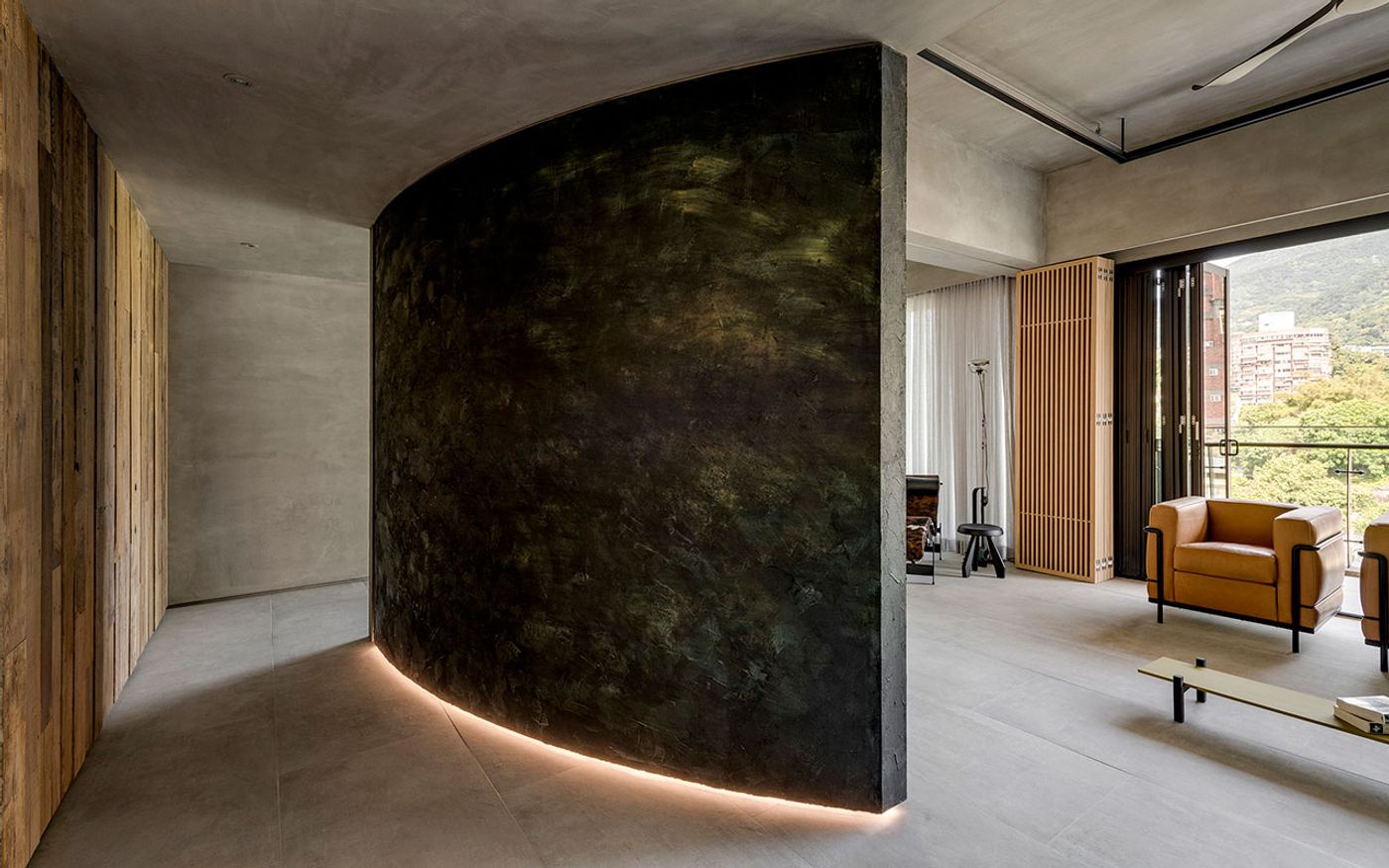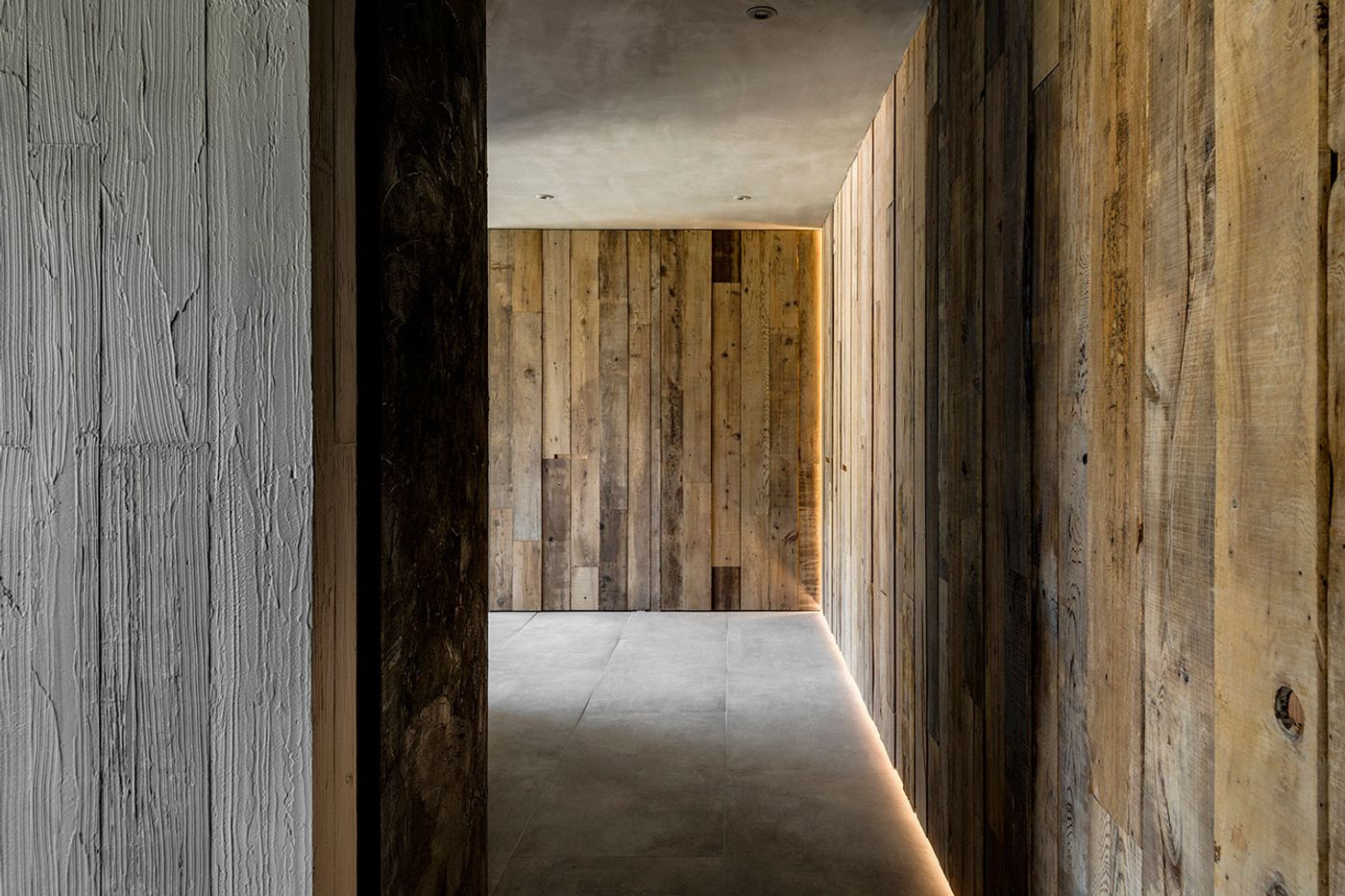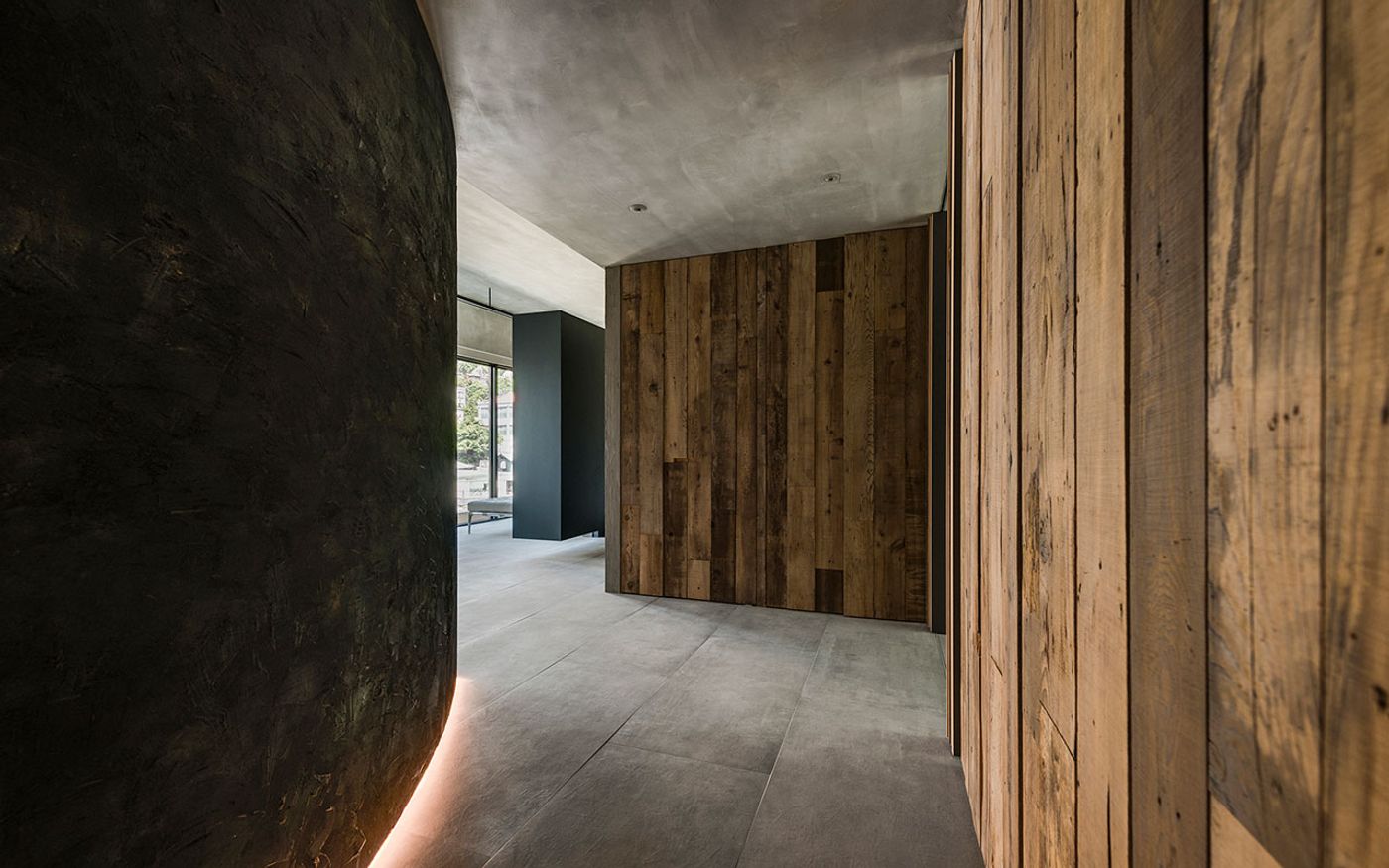
Din-a-ka: A Taiwanese Residence of Nostalgic Minimalism
Words by Yatzer
Location
Beitou Hot Springs, Taiwan
Din-a-ka: A Taiwanese Residence of Nostalgic Minimalism
Words by Yatzer
Beitou Hot Springs, Taiwan
Beitou Hot Springs, Taiwan
Location
Located in the verdant Beitou Hot Springs area at the foot of Taipei's Datun Mountains in Taiwan, “Din-a-ka” is a minimalist residence designed by Wei Yi International Design Associates for the retirement of an elderly couple. Its name, which translates to a covered walkway in English, alludes to Taiwan’s agrarian past as it used to be a space of social exchange found in rural areas. This allusion lyrically encapsulates the designers’ mission to transform a home into a repository of memories. To do so, lead designer Fang Shin-yuan has developed an idiosyncratically minimalist designed language that draws from modernist architecture, the aesthetic sophistication of the Chinese Song dynasty, and traditional Japanese aesthetics, while also drawing inspiration from the location's lush natural surroundings.
The natural scenery, which the residence fully embraces through extensive window openings and balconies, is reflected in the selection of materials that dominate the interiors: recycled wood and exposed concrete, as well as the use of terrazzo and tatami, a Japanese type of mat made from rice straw. The palette of weathered timber, board-formed concrete and exposed cement reflects the abundant natural resources of the area but also embody “wabi-sabi”, the traditional Japanese aesthetic that defines beauty as imperfect, impermanent and incomplete. Centred on the acceptance of transience and imperfection, wabi-sabi perfectly captures the bittersweet, nostalgic sensation of growing old.

Photo by Dean Cheng.

Photo by Dean Cheng.

Photo by Dean Cheng.
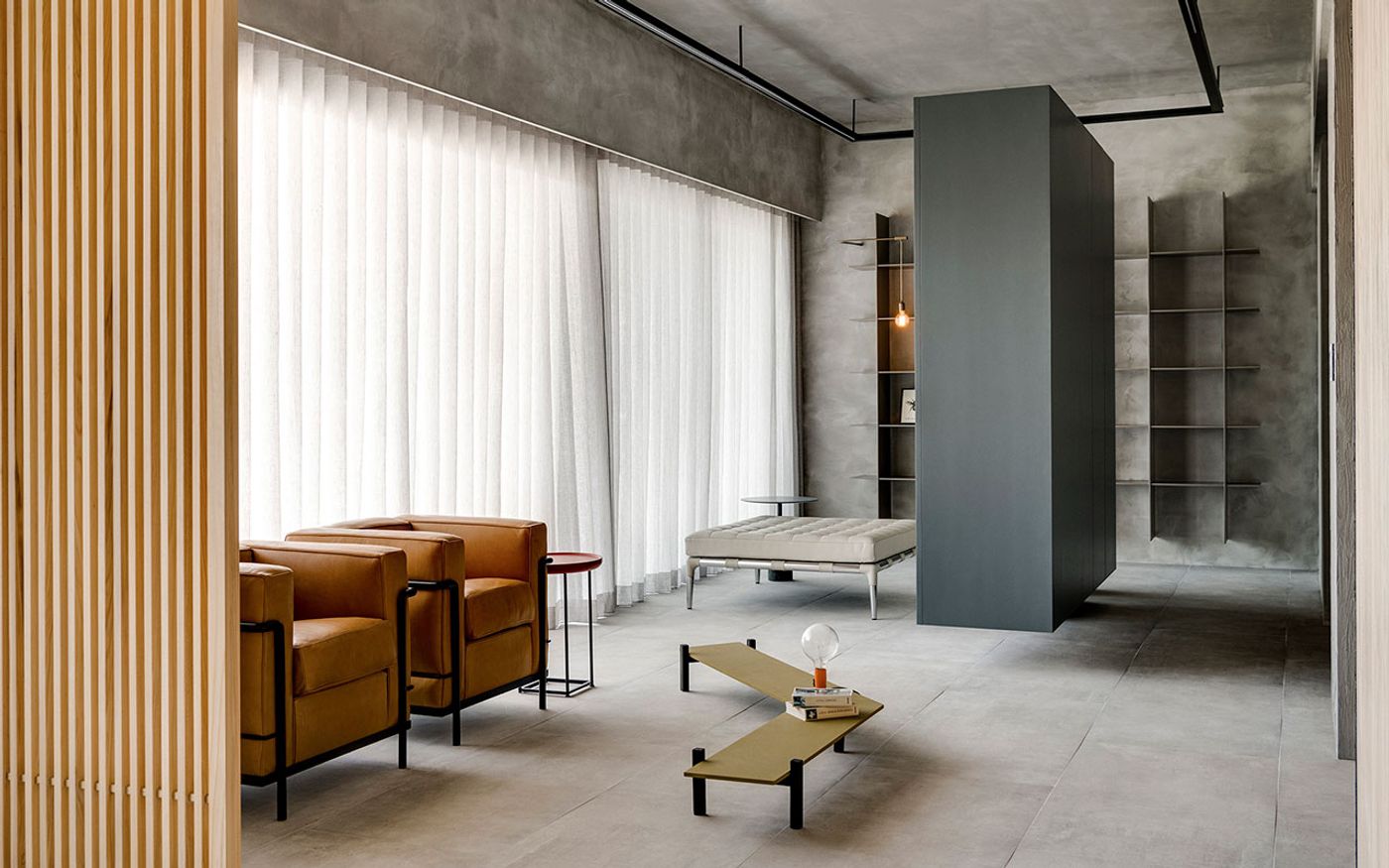
Photo by Dean Cheng.
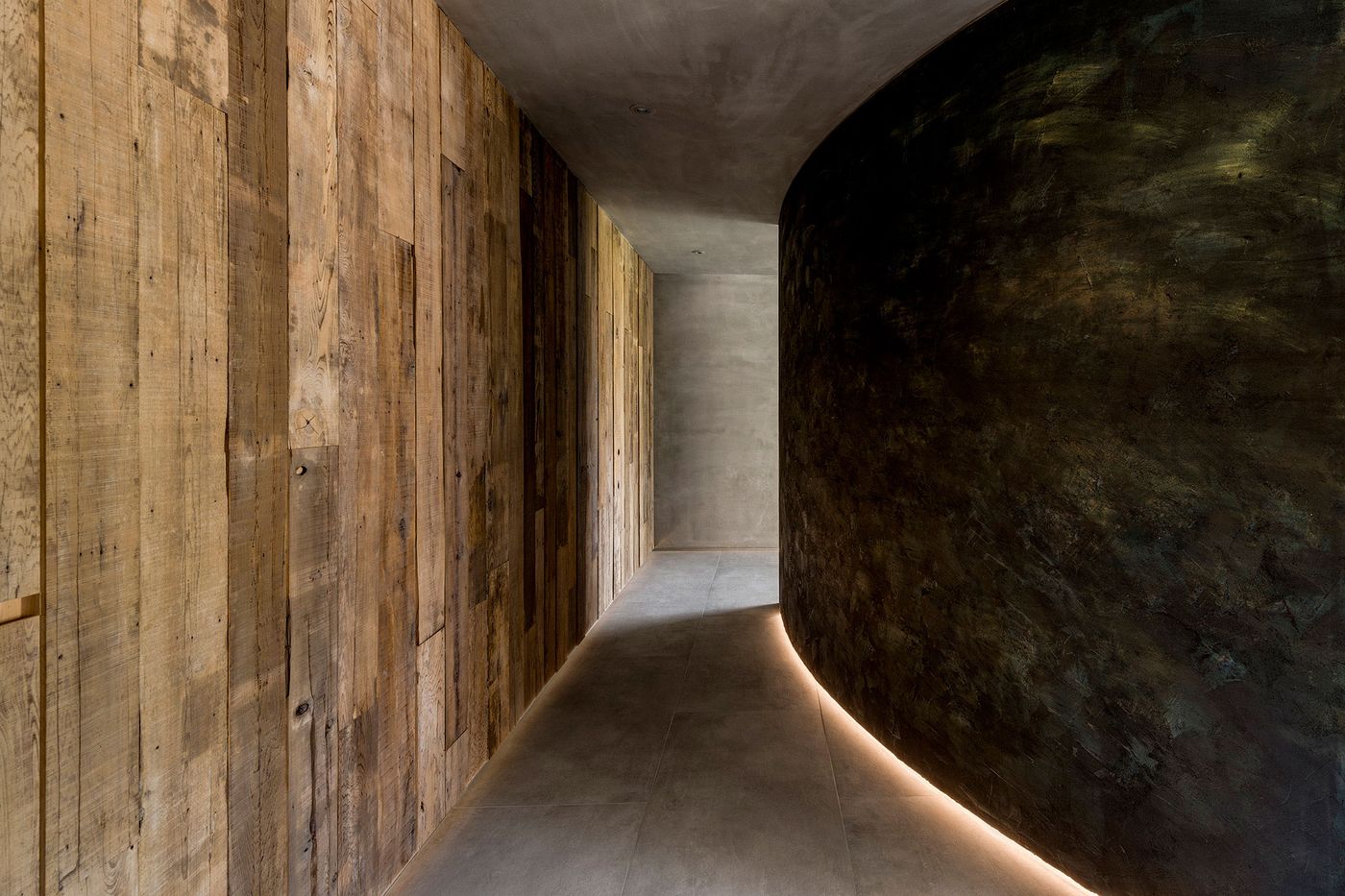
Photo by Dean Cheng.
Extending across the entire length of the 160 square metre residence, the open-plan living room accommodates all the communal areas including the kitchen while enjoying panoramic views of the mountainous landscape. The elongated space can be divided into two rooms by a folding timber partition, while the folding glazed balcony doors can also be completely retracted blurring the distinction between indoors and outdoors.
A floating steel blue cabinet marks the apartment’s entrance and signals that you are stepping into a space of poetic dimensions. Similarly gestural, a sculptural volume separates the living room from the hallway leading to the master bedroom and the meditation room while also functioning as storage space. On the front, sliding wooden panels hide the television set, while on the back, the convex surface is made from rusted metal and golden foil, which along with the reclaimed Taiwanese cypress planks lining the rest of the hallway, create a weathered ambience that takes you back in time. Concealed strip lighting further enhances this sensation by detaching the walls from the floor.

Photo by Dean Cheng.

Photo by Dean Cheng.
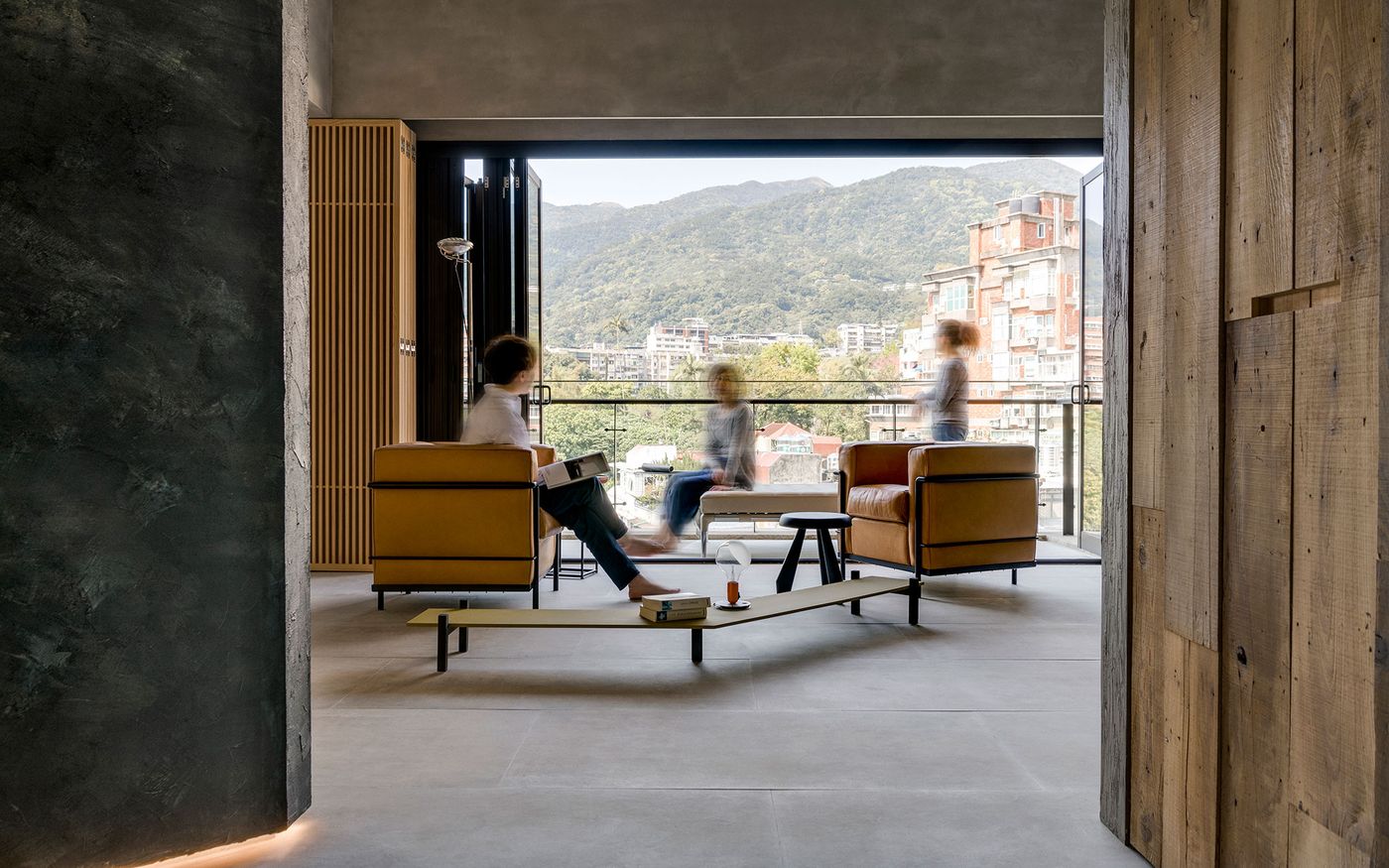
Photo by Dean Cheng.
The mediation room, which is also used for serving tea, follows the traditional Japanese design aesthetic with almost no furniture, focusing instead on the breathtaking view afforded by the large window that takes over an entire wall. Similarly meditative and serene is the elegant bedroom next door and the bright, daylight-filled, en-suite bathroom sculpted out of terrazzo, concrete and white marble. In contrast, for the guest bathroom the designers have opted for a more sombre sensibility through the use of a black palette, stucco walls and a solid pecan wood table suspended by copper supports.
Sparsely furnished by an eclectic selection of modernist and contemporary pieces, the interior décor of the residence adheres to a minimalist elegance which channels the clean lines, simple shapes and sparse decoration of the Song dynasty that reigned in China from the 10th to the 13th centuries before the advent of the more elaborate designs of the Ming dynasty. This kind of nostalgic minimalism that looks to the past while embracing the present, succinctly serves the designers’ mission to create a home for this senior couple and their memories.

Photo by Dean Cheng.
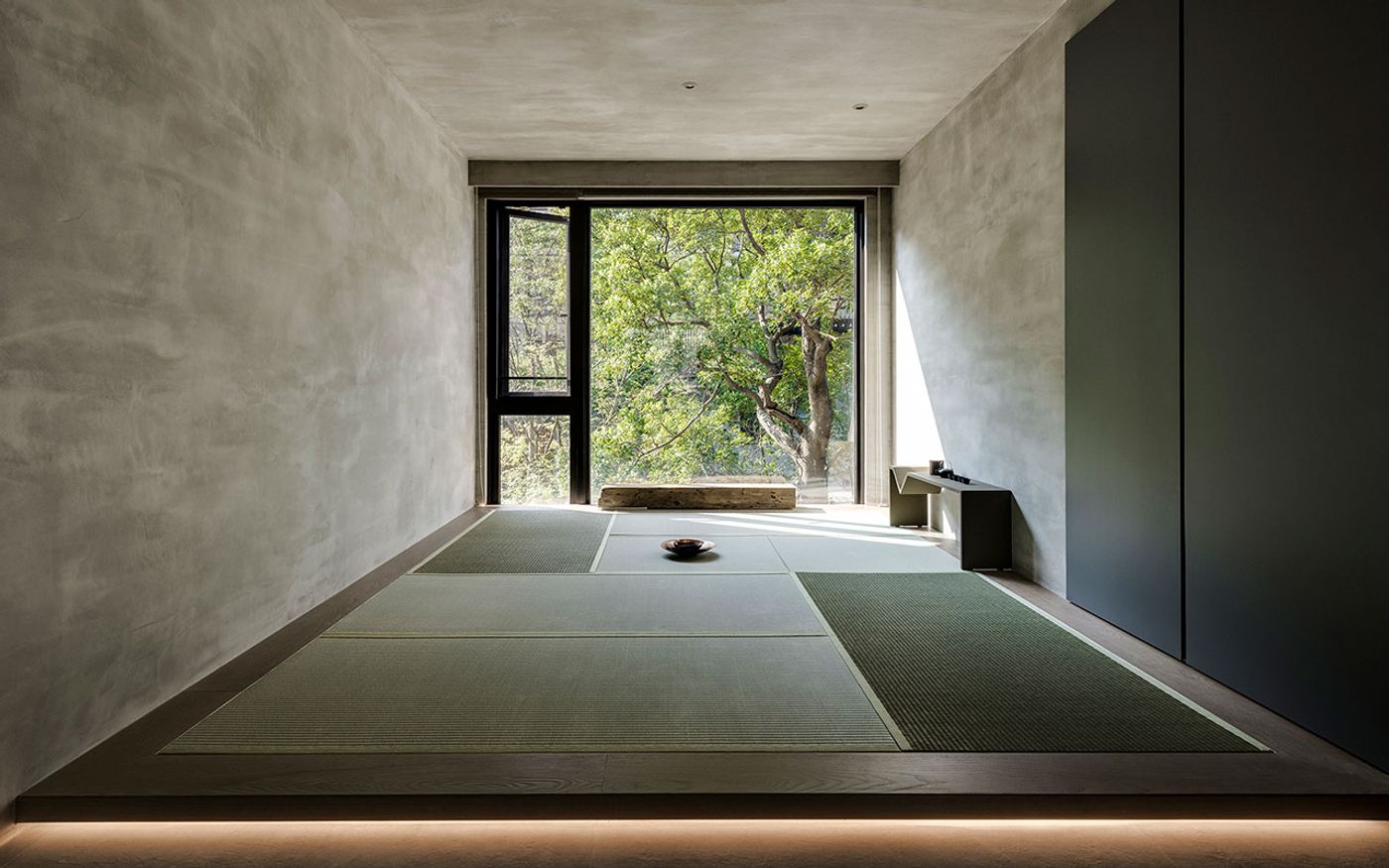
Photo by Dean Cheng.
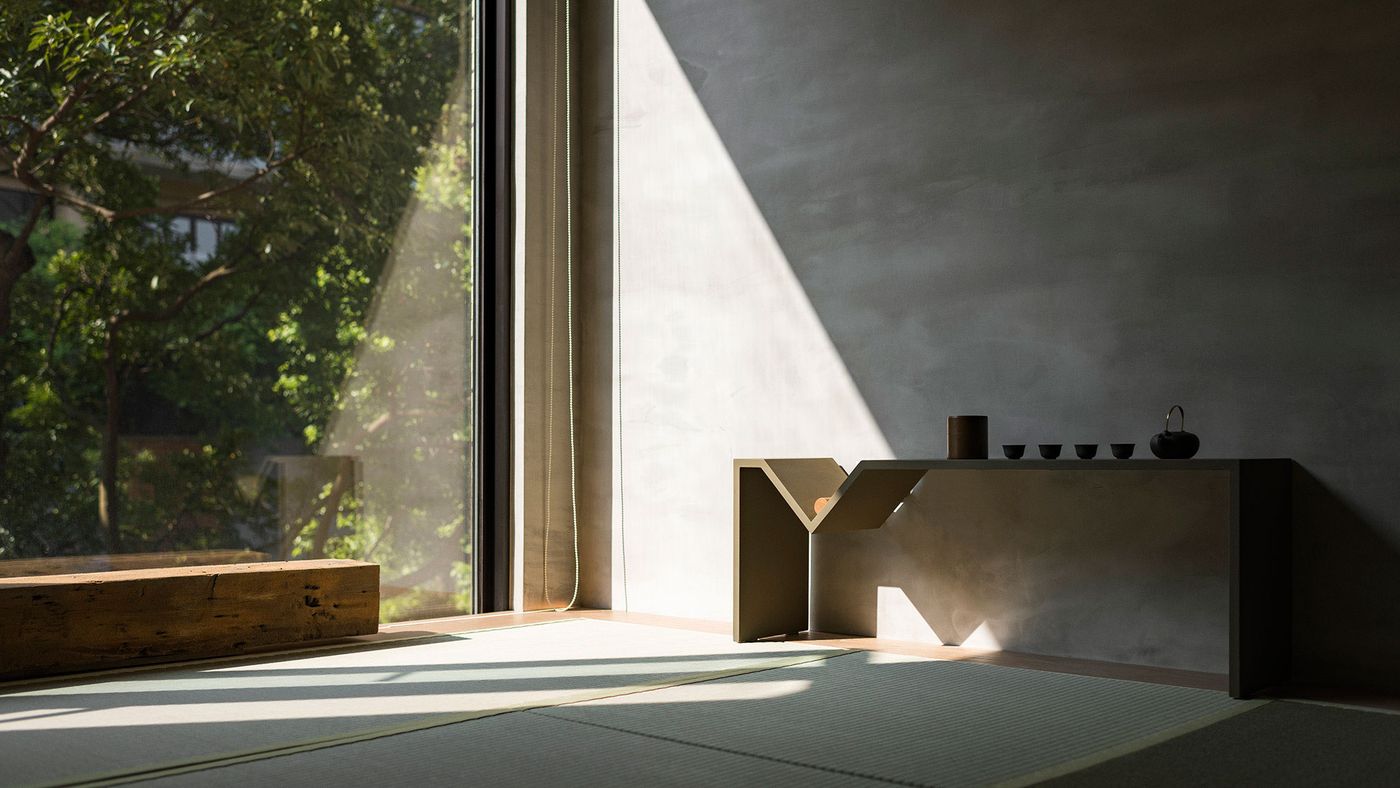
Photo by Dean Cheng.
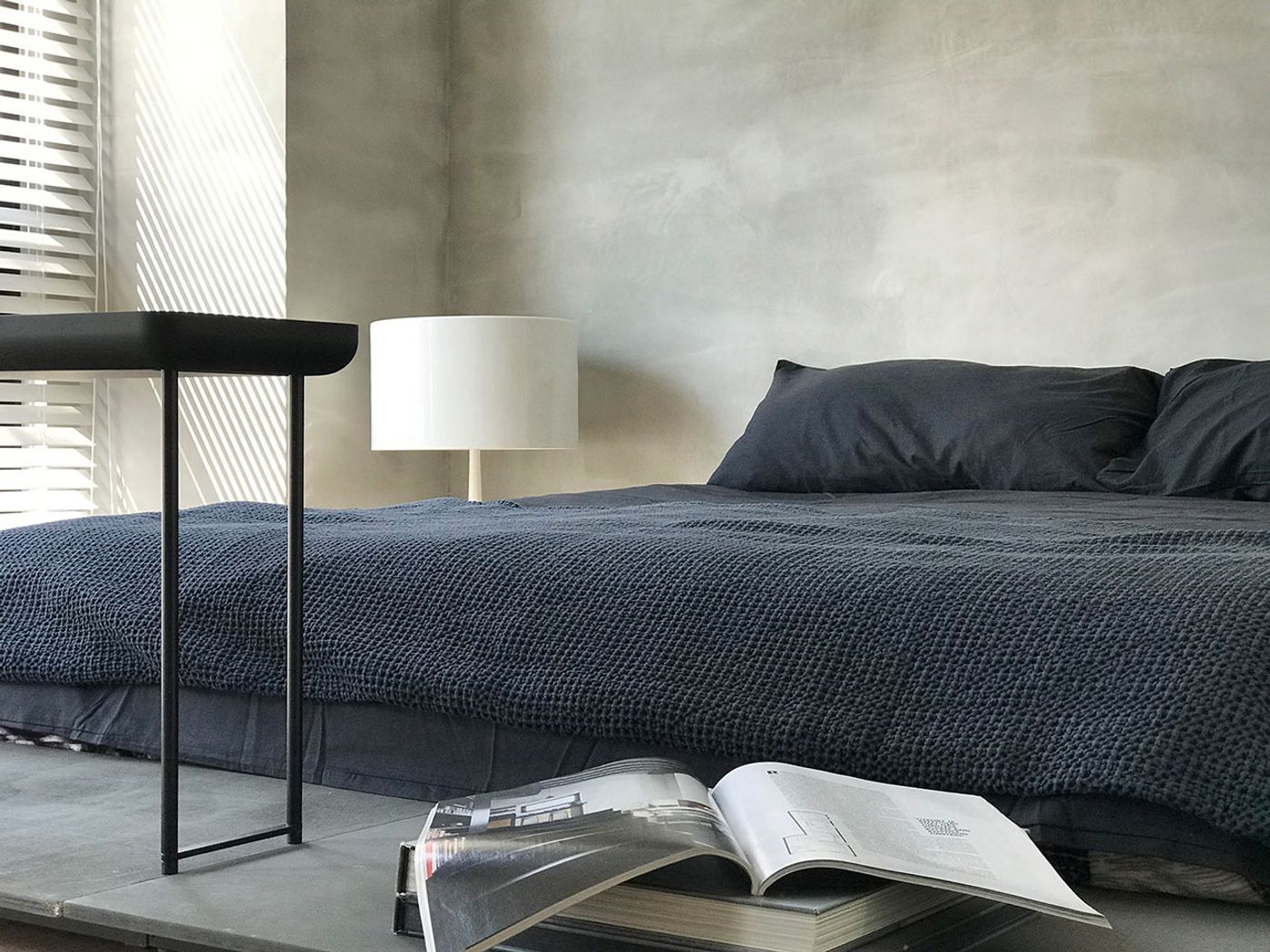
Photo by Dean Cheng.
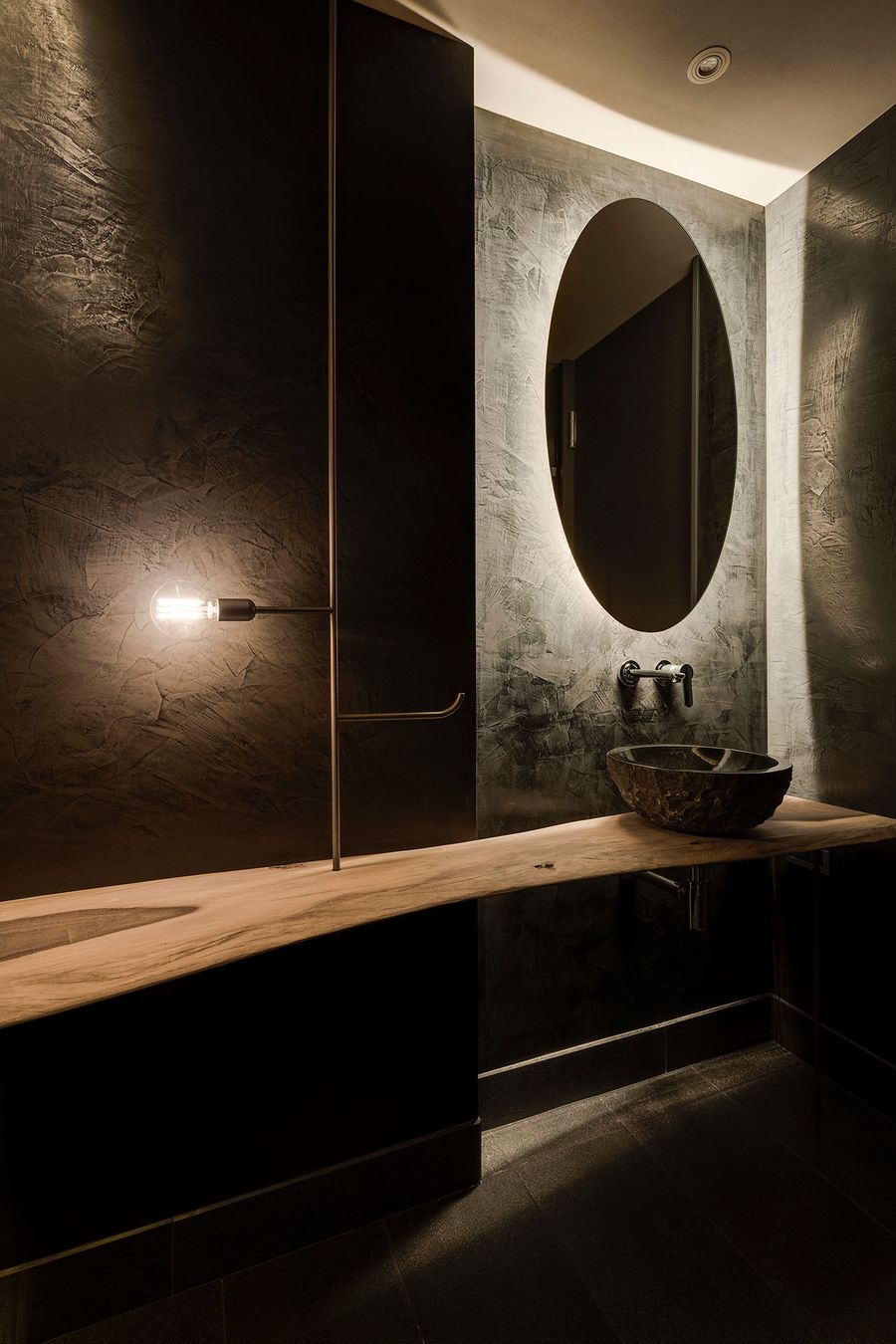
Photo by Dean Cheng.
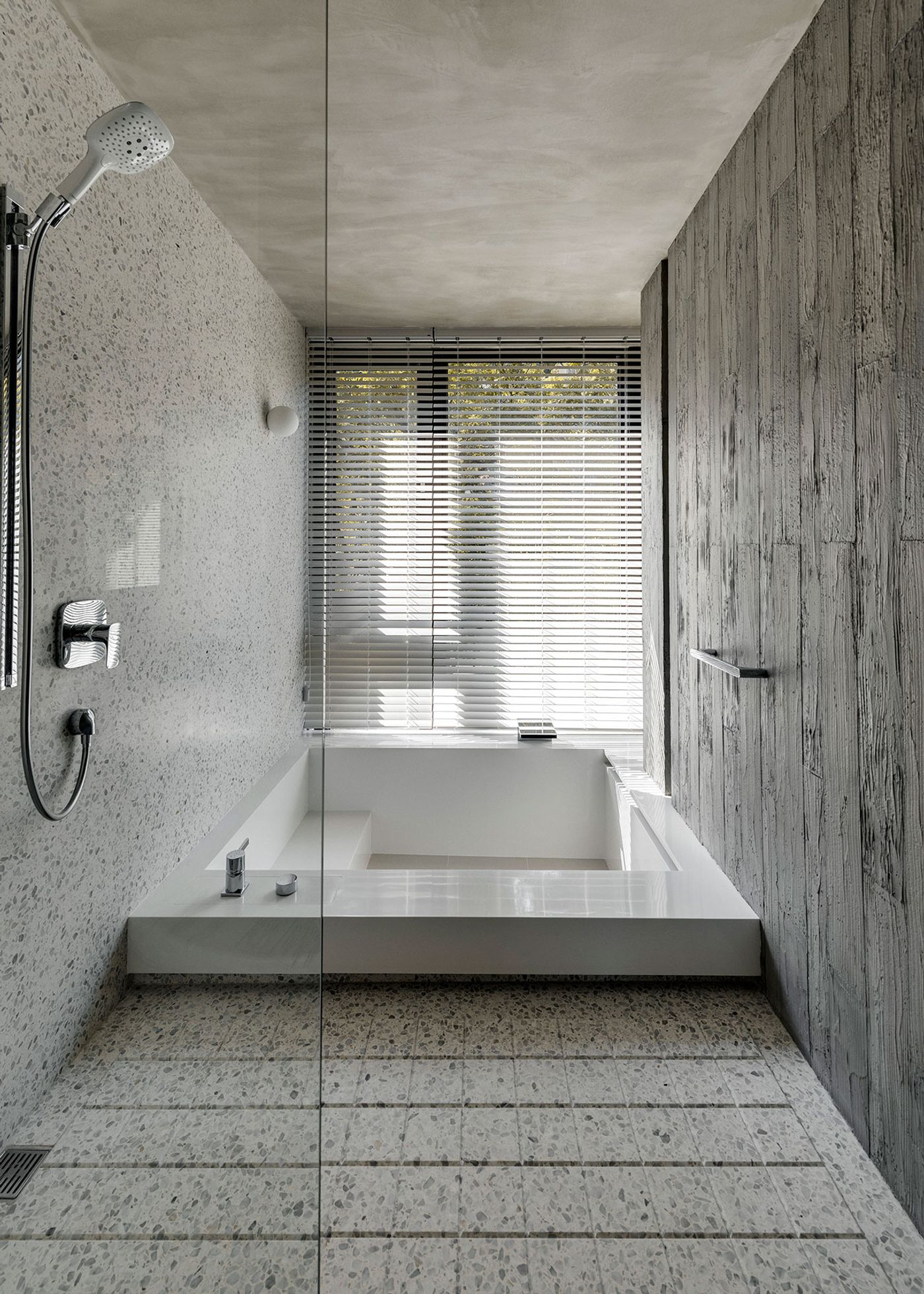
Photo by Dean Cheng.
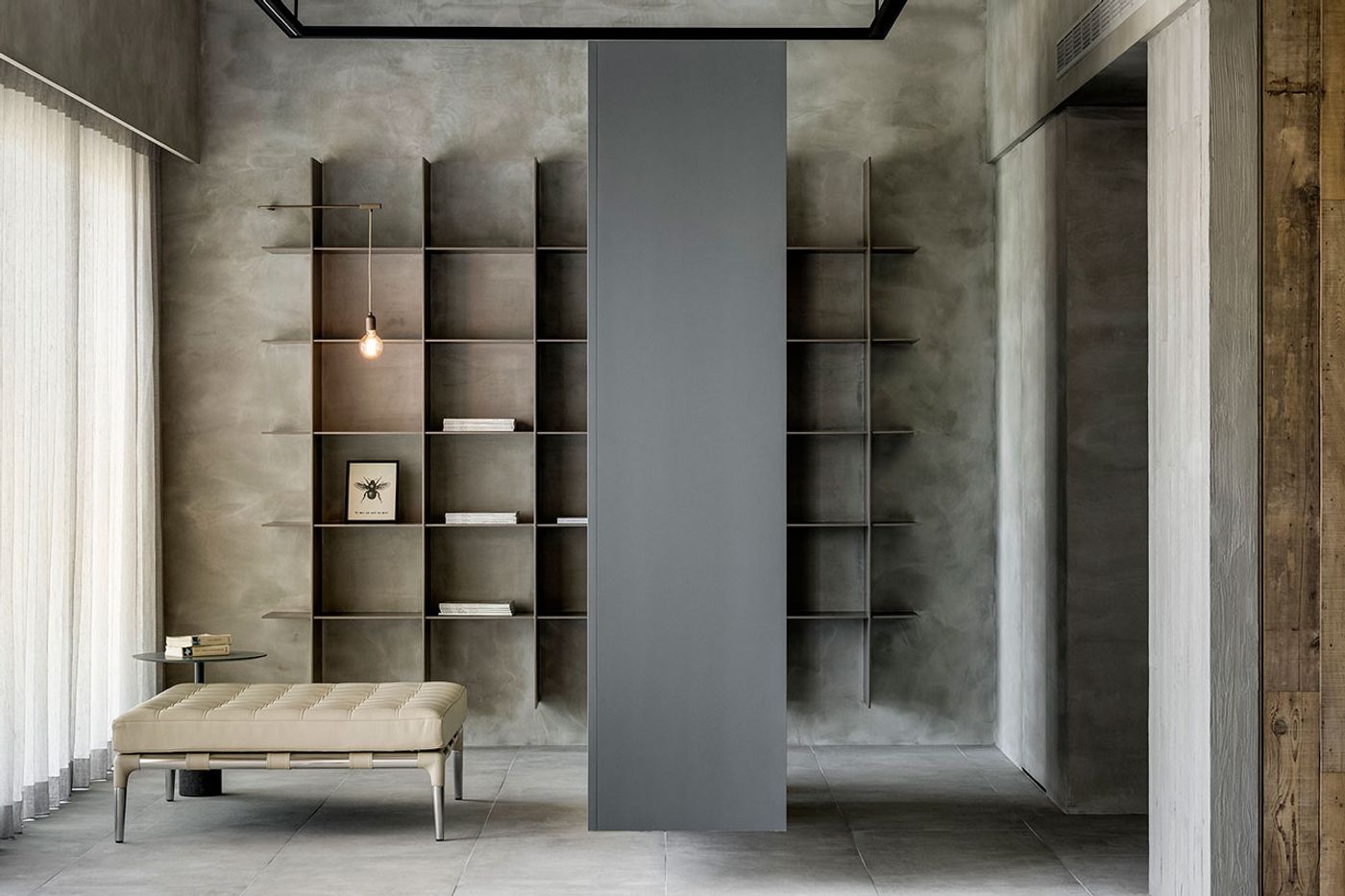
Photo by Dean Cheng.
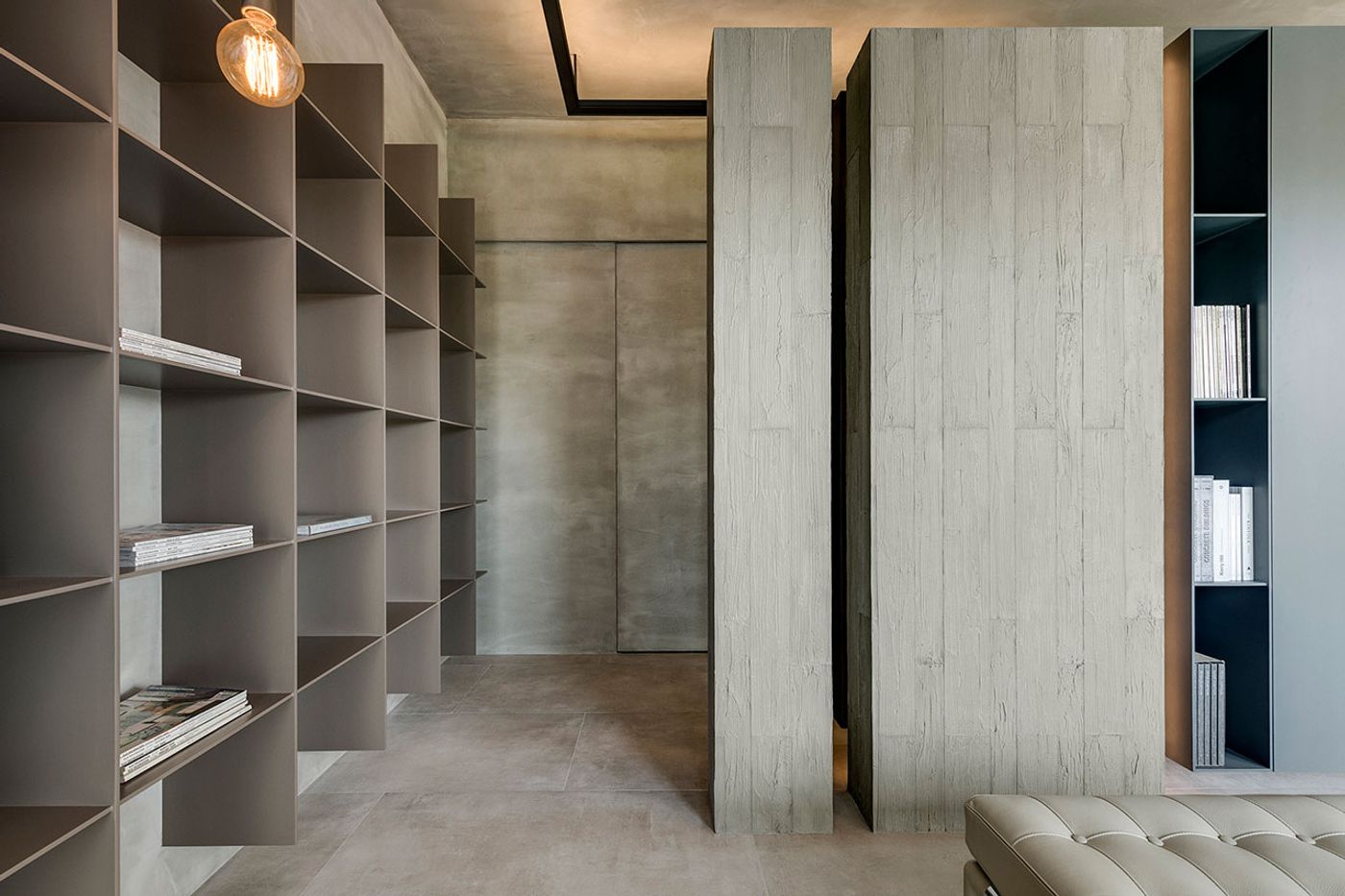
Photo by Dean Cheng.
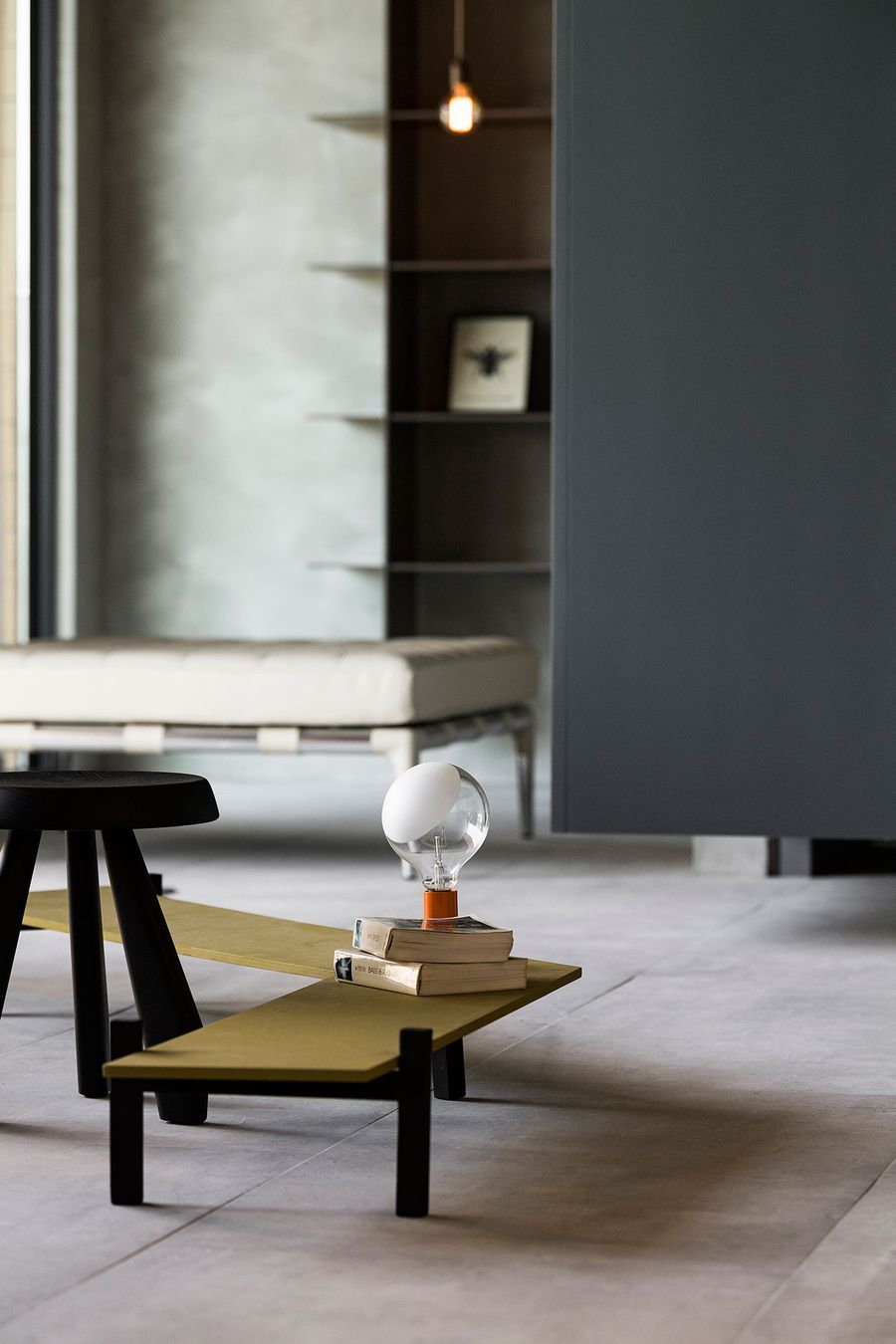
Photo by Dean Cheng.
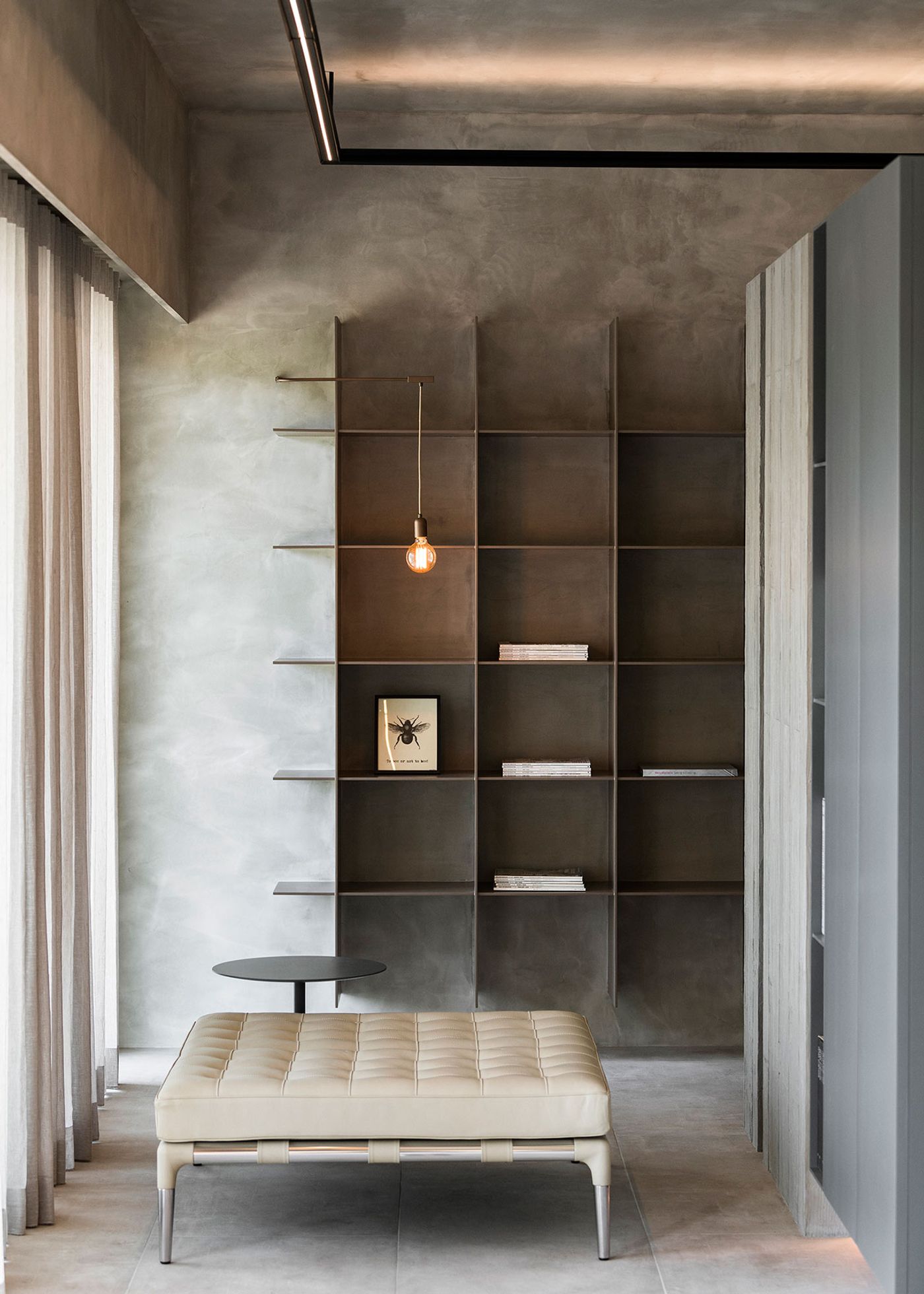
Photo by Dean Cheng.
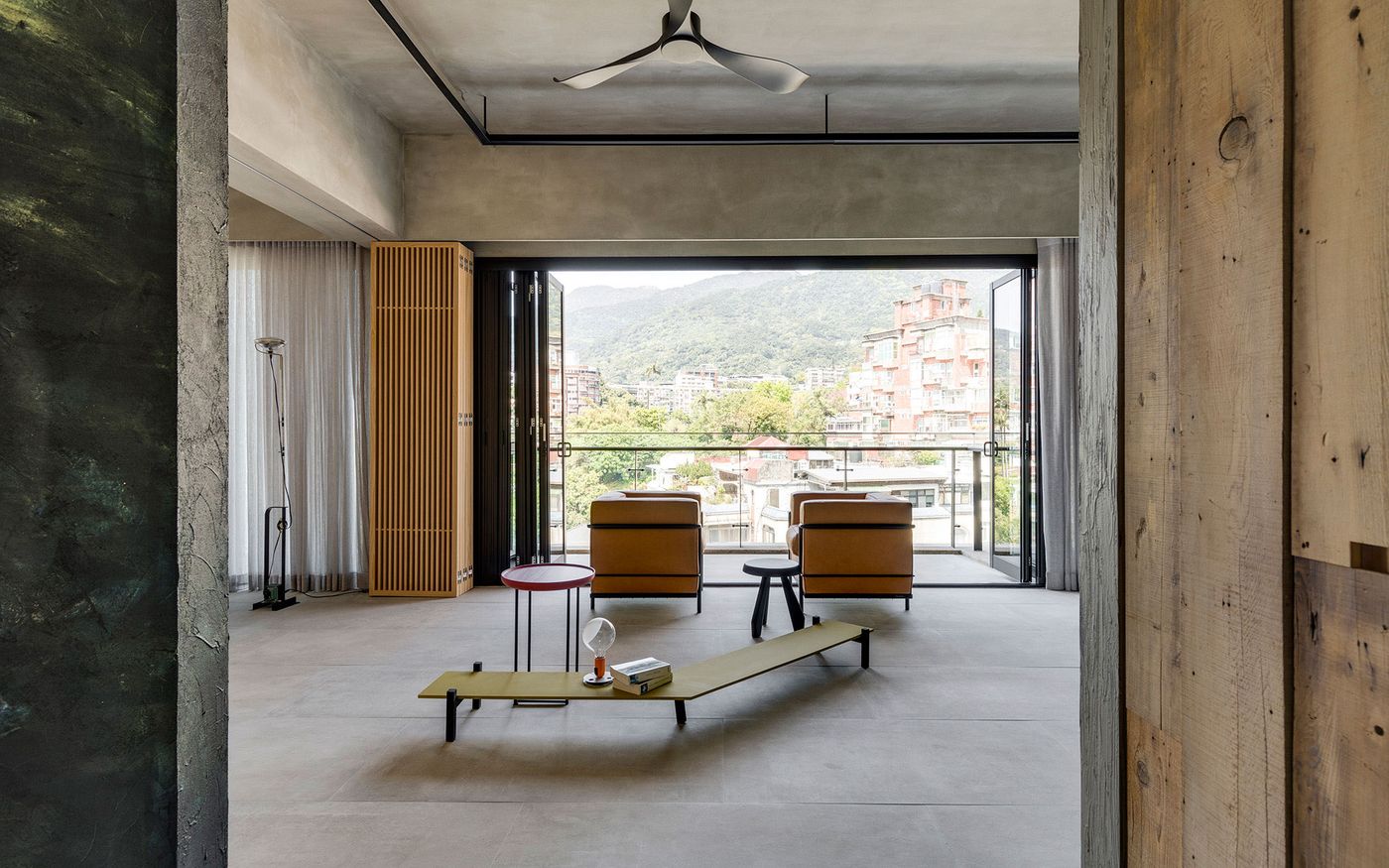
Photo by Dean Cheng.
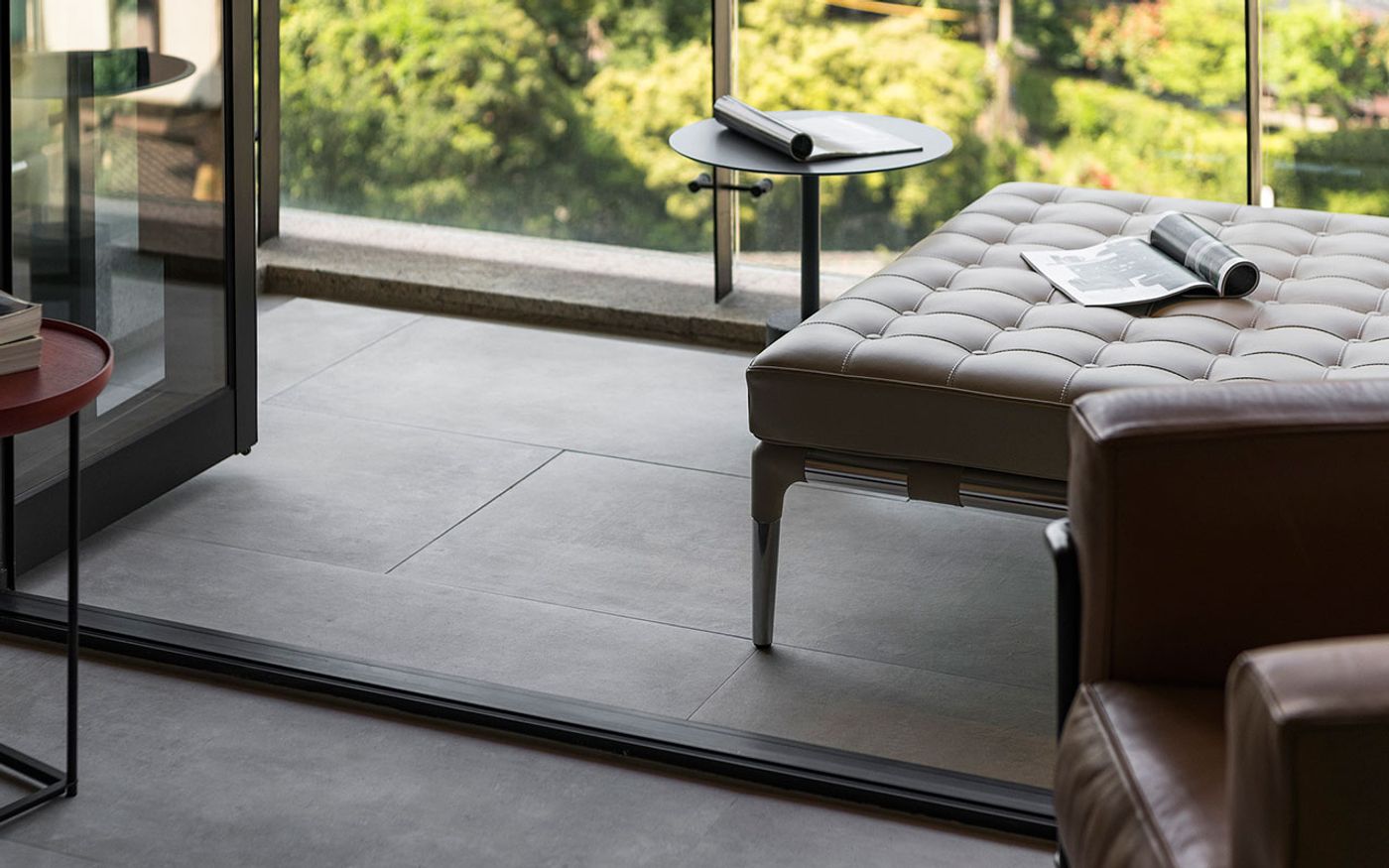
Photo by Dean Cheng.

